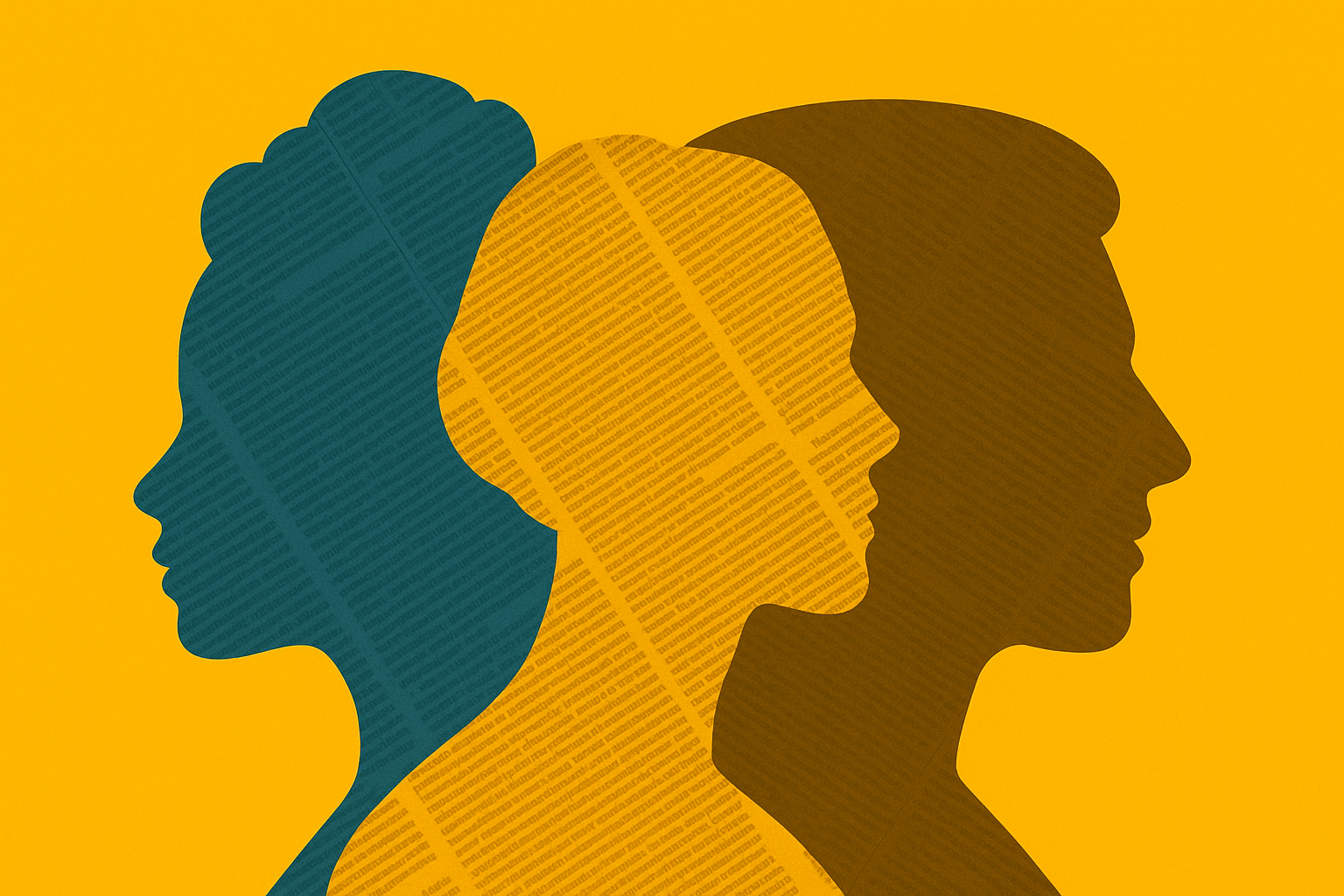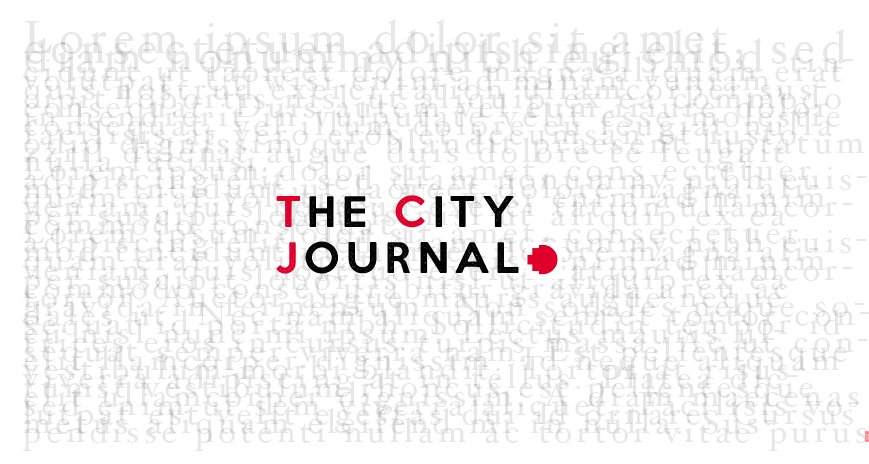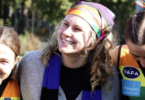Content Warning: This article contains references to sexual harassment, sexual violence, and gender-based abuse. If you find any of the material distressing, support services are listed below.
In newsrooms, on the streets, and across social media platforms, women journalists face escalating harassment, driving many out of the profession and undermining journalism’s democratic function. While some editors grapple with how to protect their staff, a culture of silence and impunity continues to shield abusers and punish those who speak out.
Globally, gendered harassment of journalists is intensifying. UNESCO’s 2021 report, The Chilling, found 73% of women journalists surveyed had experienced online violence. One in four had received threats of physical violence, and 20% were attacked or abused offline in connection to online threats.
As a result, many women avoid covering certain topics, leave the industry, or suffer long-term trauma. This not only creates personal harm but erodes journalistic integrity and the free flow of information – ultimately shaping who gets to speak in the media.
The abuse is often hyper-personalised, targeting not just a journalist’s work but their identity. Women of colour, LGBTQI+ journalists, and those from religious minorities face intersecting threats. The digital sphere, once hailed as a space for open discourse, has become a hostile arena where free expression can come at great personal cost.
Yassmin Abdel-Magied is one of many who have paid that price. The Sudanese-Australian Muslim writer and broadcaster was subjected to death and rape threats, racialised misogyny, and coordinated online trolling after she posted a message in support of refugees on Twitter (now X) in 2017.
The backlash was swift and unrelenting, exposing deep racial and gendered fault lines in Australian public life.
“The reality is the visceral nature of the fury – almost every time I share a perspective or make a statement in any forum – is more about who I am than about what is said,” she told the ABC.
As journalist Sami Shah later wrote, “Getting Yassmin-ed is that visceral experience of discovering that access to free speech is not equally divided amongst all Australians, and the consequences of transgression are more severe for some than others.”
Deepfake pornography is an emerging weapon in the harassment arsenal. Indian journalist, Rana Ayyub, was targeted with a deepfake pornographic video manipulated to her likeness in 2018. It was part of a broader campaign of abuse involving rape threats, doxxing, and attempts to discredit her.
Often described as “the most abused woman in India,” Ayyub has admitted to self-censorship since the video circulated widely. “That video almost broke me,” she said.
Field reporting also remains especially dangerous. Women journalists covering mass conflict, crime, and political unrest frequently face harassment and sexual violence in the field.
Perhaps the most emblematic case of both violence and resilience is that of Colombian journalist Jineth Bedoya Lima. In 2000, she was abducted, tortured, and raped while investigating paramilitary groups. During the sexual assault, Bedoya Lima said her attackers told her to “pay attention” because they were “sending a message to the press.” She was later released, left dumped and tied up by her attackers near some garbage.
Three years later, she was abducted again, but escaped with the help of local women. In 2021, the Inter-American Court of Human Rights ruled the Colombian government bore responsibility for failing to protect her. It ordered reparations and the creation of a national fund for the protection of women journalists. Bedoya Lima has received numerous accolades in recognition of her resilience, courage, and tireless advocacy for women journalists and press freedom.
Violence and exclusion are not limited to conflict zones and foreign regimes. Australian newsrooms remain hostile places for women. Nine Entertainment is alleged to have long tolerated a culture of bullying and harassment, where perpetrators were protected and victims urged to avoid them. Additionally, a Crikey investigation in 2024 found that major Australian media companies are using non-disclosure agreements (NDAs) to silence survivors of sexual harassment.
The 2024 Women for Media report highlights broader systemic inequality. Just 37% of front-page stories are by women, and men are cited as expert sources nearly 80% of the time. Additionally, while women make up almost half of the Australian media workforce, they hold only 30% of CEO or managing director roles. As a result, editorial decision-making, story selection, and newsroom culture continue to reflect male-dominated perspectives.
Collectively, these reports reveal an industry where women are still overlooked, and survivors of harassment are discouraged from speaking out.
Despite this, many continue to organise, advocate, and speak out. But not everyone has the power or protection to do so. Editors face complex decisions – balancing equal opportunity with safety, and ensuring diverse voices are heard without placing individuals at disproportionate risk.
Systemic gendered abuse and inequality in journalism narrows who gets to speak, who gets promoted, and who stays in the industry. The result is not just individual harm but a chilling effect on public discourse.
Harassment within the newsroom isn’t just a company issue – it is a barrier to press freedom, public trust, and accountability. When abuse comes from inside the profession, journalism’s moral authority is compromised. Staying silent may protect institutions, but it fails the public and silences the most vulnerable.
Those with power are often shielded. Those who speak out are too often punished. If journalism is to be a force for truth, it must confront the harm within its own ranks and create space for accountability and reform.
Support Services
If you found any of the issues raised in this article distressing, please know help is available at the numbers below.
•Lifeline on 131 114
•1800 Respect National Helpline on 1800 737 732
•13 YARN on 13 92 76
•Beyond Blue on 1300 224 636
•MensLine Australia on 1300 789 978
•Headspace on 1800 650 890






